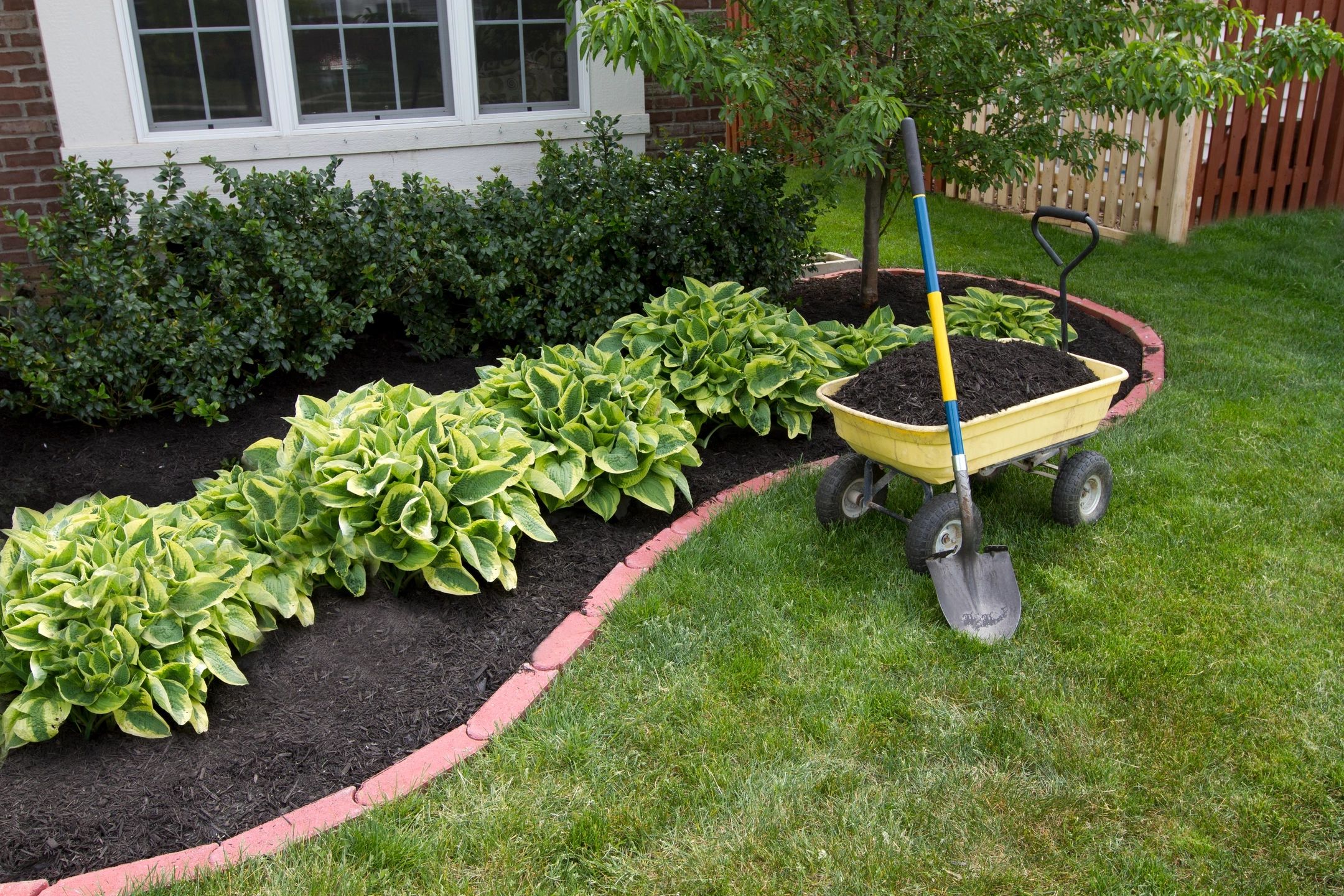Table of Contents
As the winter season approaches, homeowners in Canada prepare for colder temperatures, higher energy bills, and the challenge of keeping their homes warm and comfortable. What many may not realize is that landscaping can play a significant role in improving energy efficiency during the winter months. In this blog, we’ll explore winter landscaping tips that not only save you money but also contribute to a greener and more environmentally friendly home.
1. Strategic Plant Placement
Landscaping design goes beyond aesthetics; it can also impact your home’s energy efficiency. To maximize warmth and reduce heat loss during the winter, strategically plant evergreen trees and shrubs on the windward side of your property. These plants act as natural windbreaks, reducing the cold air that can infiltrate your home. Additionally, they create a barrier that helps retain heat, reducing the need for excessive heating.

2. Utilize Deciduous Trees
While evergreen trees are excellent windbreaks, deciduous trees, which shed their leaves in the fall, can provide shade in the summer and allow sunlight to penetrate in the winter. Planting deciduous trees on the southern side of your property can help keep your home cooler in the summer and warmer in the winter, decreasing your reliance on heating and cooling systems.
3. Install Hardscape Features
Hardscape features such as patios, walkways, and retaining walls can enhance the aesthetics and functionality of your outdoor space while also absorbing and radiating heat. During the day, these features absorb sunlight, storing heat that can be released in the evening to help keep the surrounding area warm. Properly placed hardscape elements can reduce the amount of heat your home loses to the ground.
4. Upgrade Your Insulation
Landscaping can extend to your home’s exterior as well. Adding insulation to your home’s foundation, especially below ground level, can help maintain a stable indoor temperature. This reduces the workload on your heating system, leading to energy savings. Additionally, insulating pipes and ducts in unconditioned spaces can prevent heat loss and save energy.
5. Efficient Outdoor Lighting
Outdoor lighting is not only essential for safety and security but can also be used strategically to improve energy efficiency. Consider installing motion-activated LED lights for your pathways and entrances. LED lights are energy-efficient and long-lasting. Motion sensors ensure that lights are only on when needed, reducing energy consumption.
6. Maintain Your Irrigation System
During the winter months, it’s essential to winterize your irrigation system to prevent freezing and damage. A properly maintained system ensures that water is not wasted and that pipes are not prone to leaks or bursts. By conserving water and avoiding unnecessary repairs, you contribute to both cost savings and environmental preservation.

7. Choose Low-Maintenance Landscaping
Opt for low-maintenance landscaping elements that require minimal care during the winter. Drought-resistant and native plants, for example, typically thrive with minimal water and attention. Reduced maintenance means fewer energy-intensive outdoor tasks, such as watering or trimming, allowing you to save time and energy.
8. Snow Management
Proper snow management is a crucial aspect of winter landscaping. Clearing snow from driveways, walkways, and outdoor living spaces can help prevent accidents and improve accessibility. However, consider using environmentally friendly snow removal methods and avoid excessive use of salt, which can harm vegetation and water sources.
Conclusion
Winter landscaping isn’t just about creating a beautiful outdoor space; it’s about enhancing your home’s energy efficiency, reducing your environmental impact, and saving money on energy bills. By strategically placing plants, utilizing deciduous trees, incorporating hardscape features, upgrading insulation, using efficient outdoor lighting, maintaining your irrigation system, choosing low-maintenance landscaping, and managing snow responsibly, you can create a winter landscape that benefits both your home and the planet. Incorporating these landscaping strategies will not only keep your home warmer and more comfortable during the winter but also contribute to a more sustainable and eco-friendly living environment. As you make these adjustments to your outdoor space, you’ll not only reduce your carbon footprint but also enjoy the financial benefits of lower energy bills, all while appreciating the beauty of a well-designed winter landscape. Embrace the opportunity to transform your property into an energy-efficient haven, where beauty meets sustainability, and where you can take pride in your contribution to a greener future. With these landscaping tips, you can truly enjoy the winter season, knowing you’ve made a positive impact on both your home and the world around you.
